Deoxythymidine is the more common name of 1- (2-deoxy-β-D-ribofuranosyl) -5-methyluracil. Also the name Thymidine is common. Deoxythymidine is an important part of DNA (deoxyribonucleic acid).
What is deoxythymidine?
Deoxythymidine is a nucleoside with the molecular formula C10H14N2O5. A nucleoside is a molecule that consists of a so-called nucleobase and a monosaccharide, the pentose.
Deoxythymidine was one of the first building blocks of DNA to be discovered. That is why DNA was initially also called thymidylic acid. It was not until much later that it was renamed deoxyribonucleic acid. Thymidine is not only a nucleoside of DNA, but also a nucleoside of tRNA. The tRNA is the transfer RNA.
From a chemical point of view, deoxythymidine consists of the base thymine and the monosaccharide deoxyribose. Both ring systems are linked by an N-glycosidic bond. Thus the base can rotate freely in the molecule. Like all pyrimidine nucleosides, deoxythymidine is acid-stable.
Function, effect & tasks
Deoxythymidine is a nucleoside that is formed from thymine and deoxyribose. It is a combination of a nucleic base (thymine) and a pentose (deoxyribose). This connection forms the basic building block of the nucleic acids.
A nucleic acid is a so-called heteropolymer. It consists of several nucleotides that are connected to one another via phosphate esters. Through the chemical process of phosphorylation, nucleosides are built into nucleotides. During phosphorylation, groups of phosphates or pyrophosphates are transferred to a target molecule, in this case to the nucleotides. The nucleoside deoxythymidine belongs to the organic base (nucleobase) thymine. In this form, deoxythymidine functions as the basic building block of DNA. DNA is a large molecule that is very rich in phosphorus and nitrogen. It acts as a carrier of genetic information.
The DNA is made up of two single strands. These run in opposite directions. The shape of these strands is reminiscent of a rope ladder, which means that the individual strands are connected by a kind of stiles. These spars are formed from two of the organic bases each. In addition to thymine, there are also the bases adenine, cytosine and guanine. Thymine always bonds with adenine. Two hydrogen bonds form between the two bases. The DNA is located in the cell nuclei of body cells.
The task of DNA and thus also the task of deoxythymidine is to store genetic information. In addition, it codes the protein biosynthesis and thus to a certain extent the "blueprint" of the respective living being. All processes in the body are influenced by this. Disturbances within the DNA therefore also lead to serious disturbances within the body.
Education, occurrence, properties & optimal values
Basically, deoxythymidine consists only of carbon, hydrogen, nitrogen and oxygen. The body would also be able to synthesize nucleosides itself.
However, the synthesis is quite complex and very time-consuming, so that only part of the deoxythymidine is produced in this way. In order to save energy, the body operates a kind of recycling and uses the so-called salvage pathway. Purines are created when nucleic acids are broken down. Through various chemical processes, nucleotides and thus also nucleosides can be obtained from these purine bases.
Diseases & Disorders
An impairment of deoxythymidine can lead to DNA damage. Possible causes of DNA damage are faulty metabolic processes, chemical substances or ionizing radiation. The ionizing radiation includes, for example, UV radiation. One disease in which DNA plays an important role is cancer.
Tens of millions of cells multiply in the human body every day. For a smooth reproduction it is important that the DNA is undamaged, complete and free of defects. Only in this way can all relevant genetic information be passed on to the daughter cells.Factors such as UV radiation, chemicals, free radicals or high-energy radiation can not only damage cell tissue, but also lead to errors in the duplication of DNA during cell division. As a result, the genetic information contains incorrect information. Usually the cells have a repair mechanism in place. In this way, minor damage to the genome can actually be repaired.
However, it can happen that the damage is passed on to the daughter cells. One speaks here of mutations in the genetic make-up. If there are too many mutations in the DNA, healthy cells usually initiate programmed cell death (apoptosis) and destroy themselves. This is to prevent the genetic damage from spreading further. Cell death is initiated by various signal transmitters. Damage to these signal transmitters appears to play an important role in the development of cancer. If they do not react, the cells do not destroy each other and the damage to the DNA is passed on from cell generation to cell generation.
Thymine and thus also deoxythymidine seem to be particularly important in the processing of UV radiation. As already mentioned, UV radiation can lead to DNA mutations. CPD damage is particularly common due to UV radiation. In these CPD damage, two thymine building blocks usually combine to form a so-called dimer and form a solid unit. As a result, the DNA can no longer be read correctly and this leads to cell death or, in the worst case, skin cancer.
This process is completed just a picosecond after the UV rays have been absorbed. To do this, however, the thymine bases must be in a specific arrangement. Since this is not so often the case, the damage caused by UV radiation is still limited. However, if the genetic material is distorted in such a way that more thymines are in the correct arrangement, there is also an increased formation of dimers and thus greater damage within the DNA.


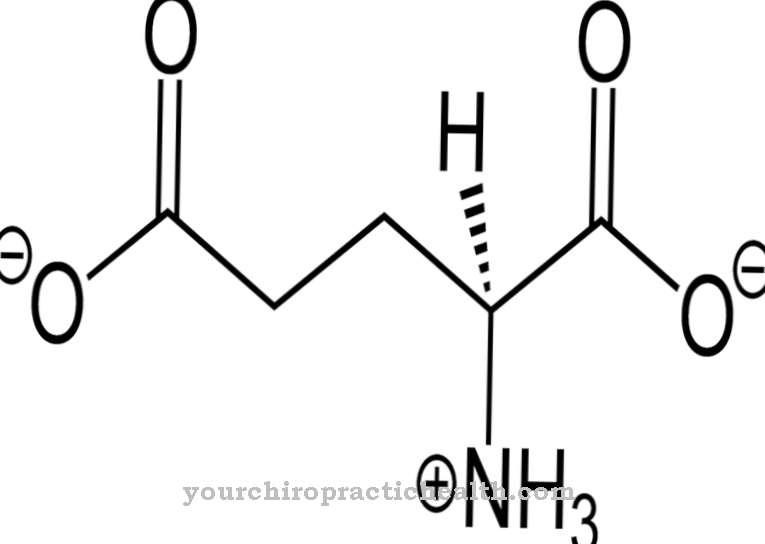
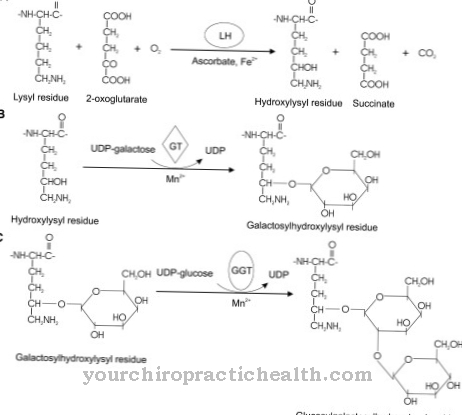
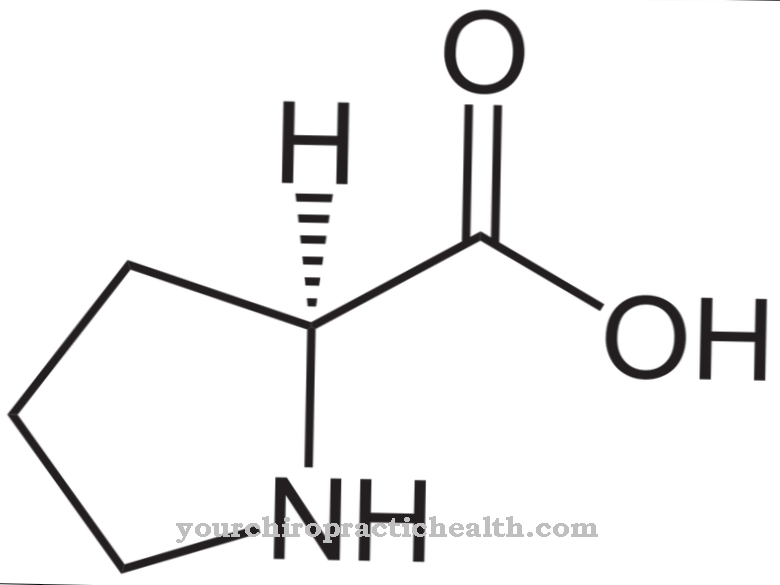
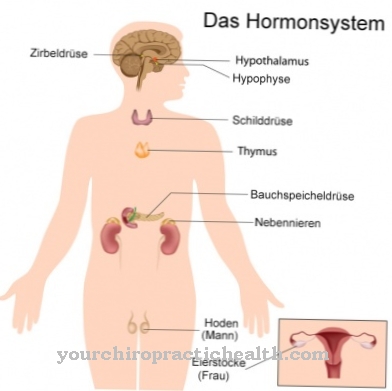
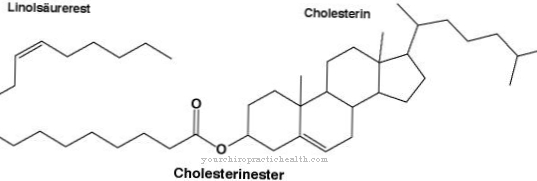






.jpg)

.jpg)
.jpg)











.jpg)